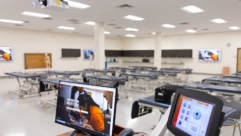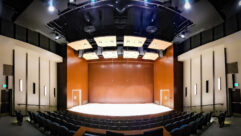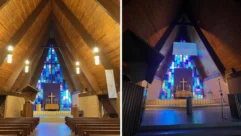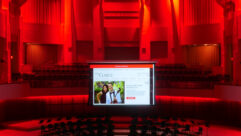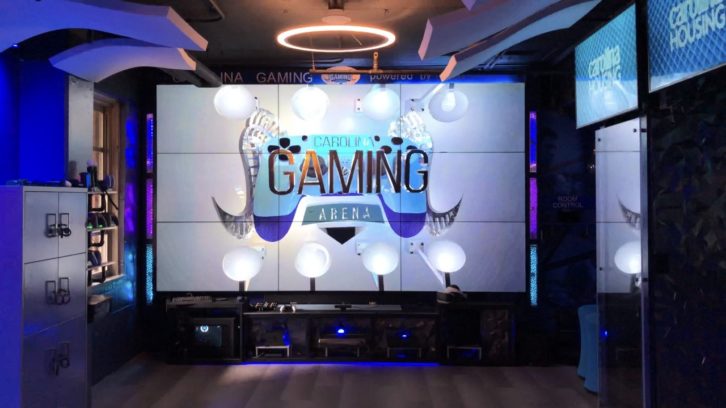
The Carolina Gaming Arena at the University of North Carolina at Chapel Hill (UNC-Chapel Hill) is a place for students to come together, find others within the on-campus gaming community, and celebrate student gaming, be it social, academic, or research-oriented. UNC-Chapel Hill has put targeted programming and support models in place to support healthy gaming practices and curtail the negative effects of gaming. The facility is also home to Carolina’s competitive esports teams for Rocket League, Valorant, Counter-Strike: Global Offensive (CS: GO), Dota 2, League of Legends, Rainbow Six Siege and Overwatch.
“We wanted a space that would attract the most diehard competitive player, as well as someone who has no interest or perhaps is a bit timid about entering the world of gaming. We needed a facility that would really wow people and attract them down to the arena to engage with the gaming community here at UNC,” explains Lee Hyde, ResNET director for Information Technology Services at UNC-Chapel Hill. One primary design goal was to make the arena accessible and friendly not just for players but also for the viewing community. Hyde and his team, therefore, needed a simple and intuitive control system. He envisioned an interface that would allow students to grab video from any gaming system or PC in the room, bring it to a specific display, and consume the experience of someone else playing.
“We weren’t sure about the execution options or what the experience would look like, but we were pretty much sold on Black Box as soon as we spoke to their team,” says Hyde. “The company’s MCX AV-over-IP system was essentially the perfect solution that we had brainstormed on our own—without realizing it actually existed.” The Black Box MCX products are built on SDVoE technology delivering up to 4K 60Hz 4:4:4 video uncompressed over 10GbE.; the system handles video walls and video extension (point-to-point and point-to-multipoint) on a traditional IT at the low latency required for gaming.
According to Hyde, the most attractive aspect of the Black Box MCX system is that it can be deployed and extended easily and without reliance on a matrix switcher in an equipment closet. He had limited space available for housing AV devices and didn’t want to add additional cooling for that equipment. In addition to eliminating the need to run HDMI lines, he created a distributed architecture and minimized the amount of equipment that could fail during operations.
“If you have power where you need it to be, you just run an Ethernet cable, connect MCX devices on either end of the network, and you’re good to go,” says Hyde. “The only requirement of using MCX is that it runs on a 10 Gbps network, and we are a CAT6A campus, so it’s just seamless over the same network infrastructure we already have in place.”
The MCX system controls audio and video signals for nine Samsung 55-inch monitors, three video columns made of up two Samsung 46-inch monitors mounted in portrait mode, and 13 Samsung 4K monitors of various sizes for content distribution across viewing areas.
MCX allows users to handle video and audio separately, so the Black Box system made it easy for Hyde and his team to amplify audio in different zones of the arena without a lot of extra components. Along with audio and video, MCX decoders and encoders handle serial and USB distribution.
Today, when a student walks into the arena, they can use a Black Box touch panel and graphical user interface to select any computer or game console listed on the screen and choose the screen on which they’d like to watch game play. Hyde and his team can customize the appearance of the touch panel and change its configuration over time. With MCX decoders installed in the nearby Carolina House Creative Labs, students can produce content from the arena for streaming on the Carolina Gaming YouTube and Twitch channels.



